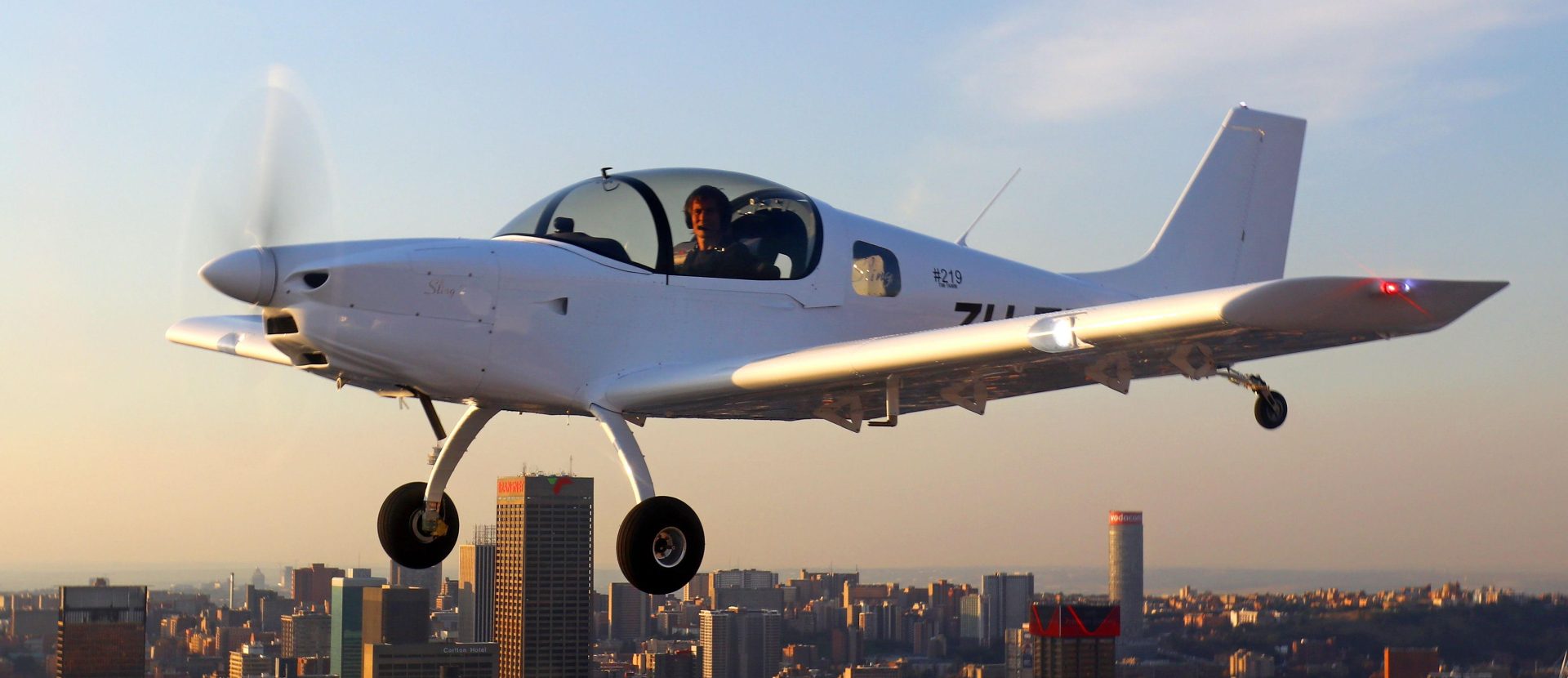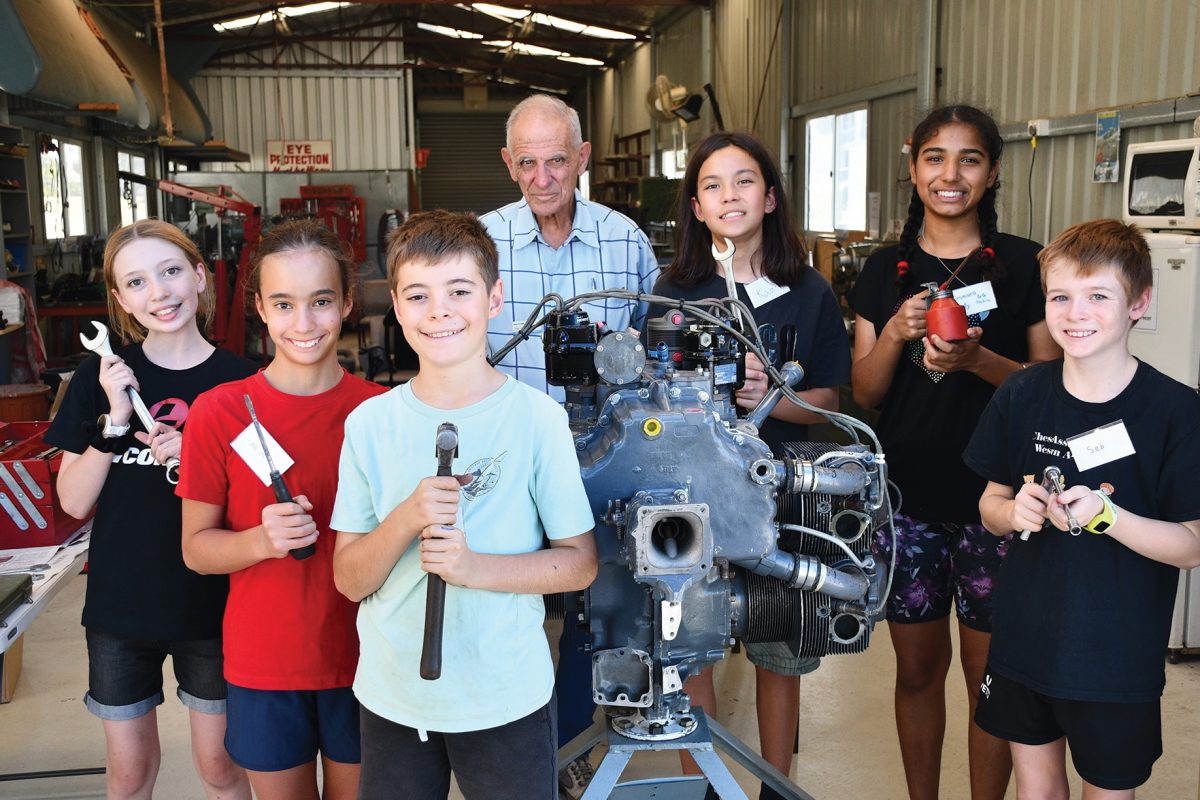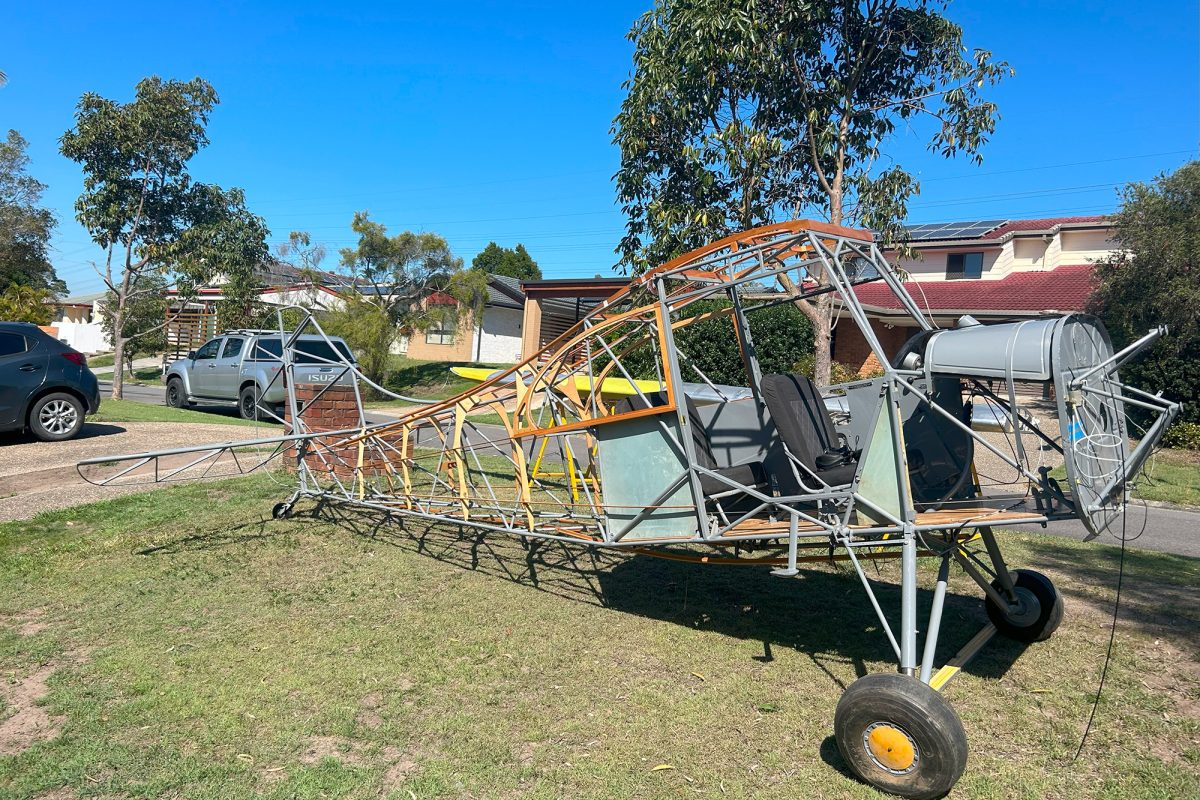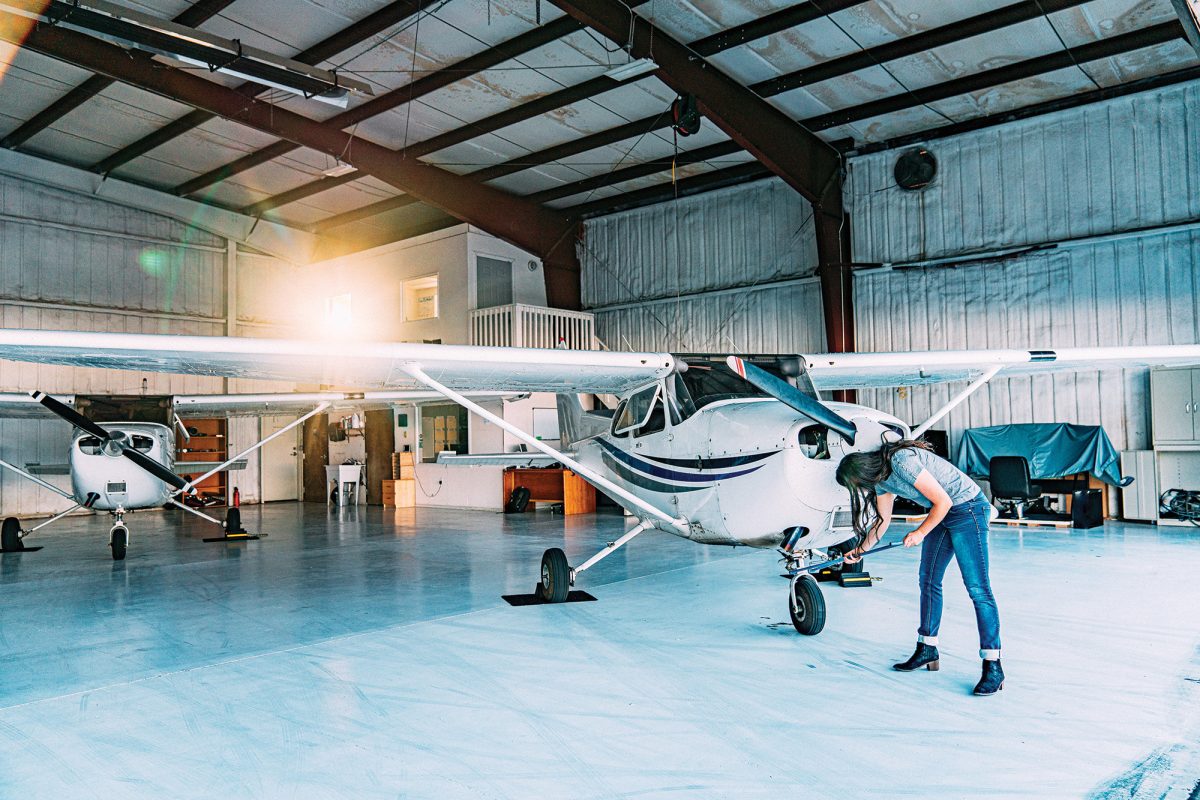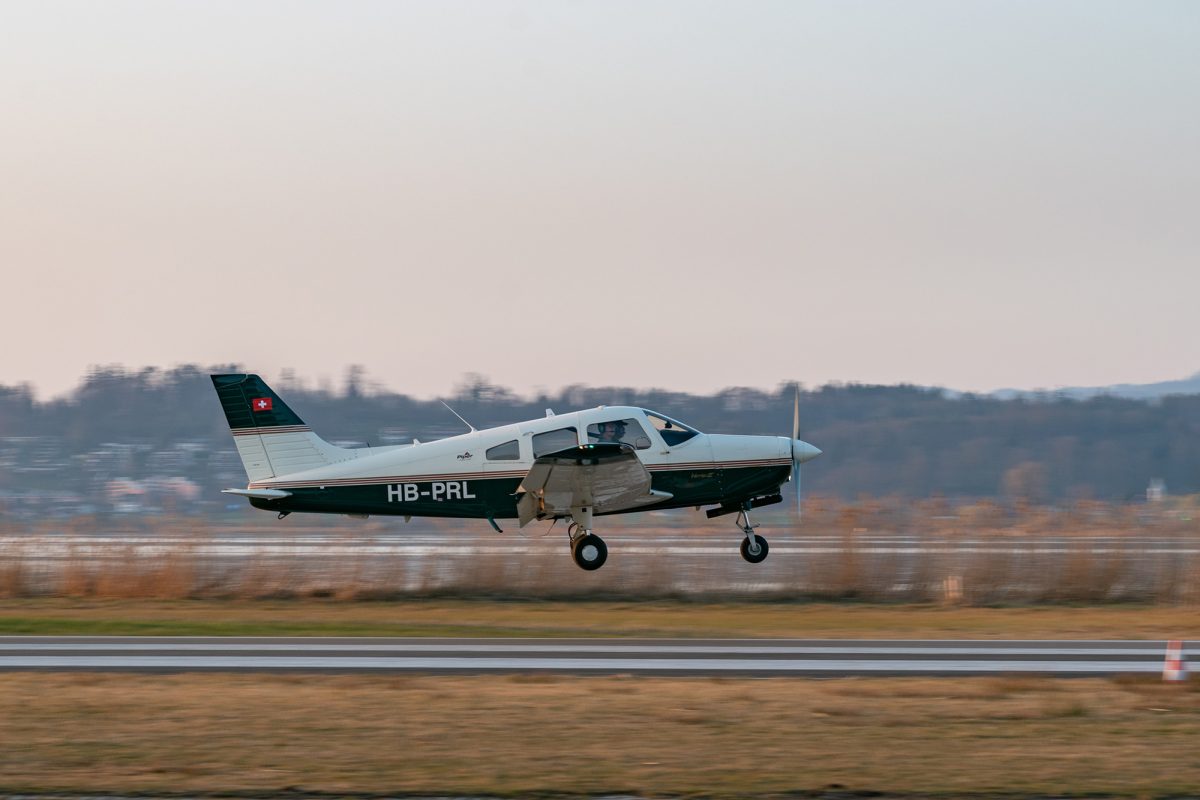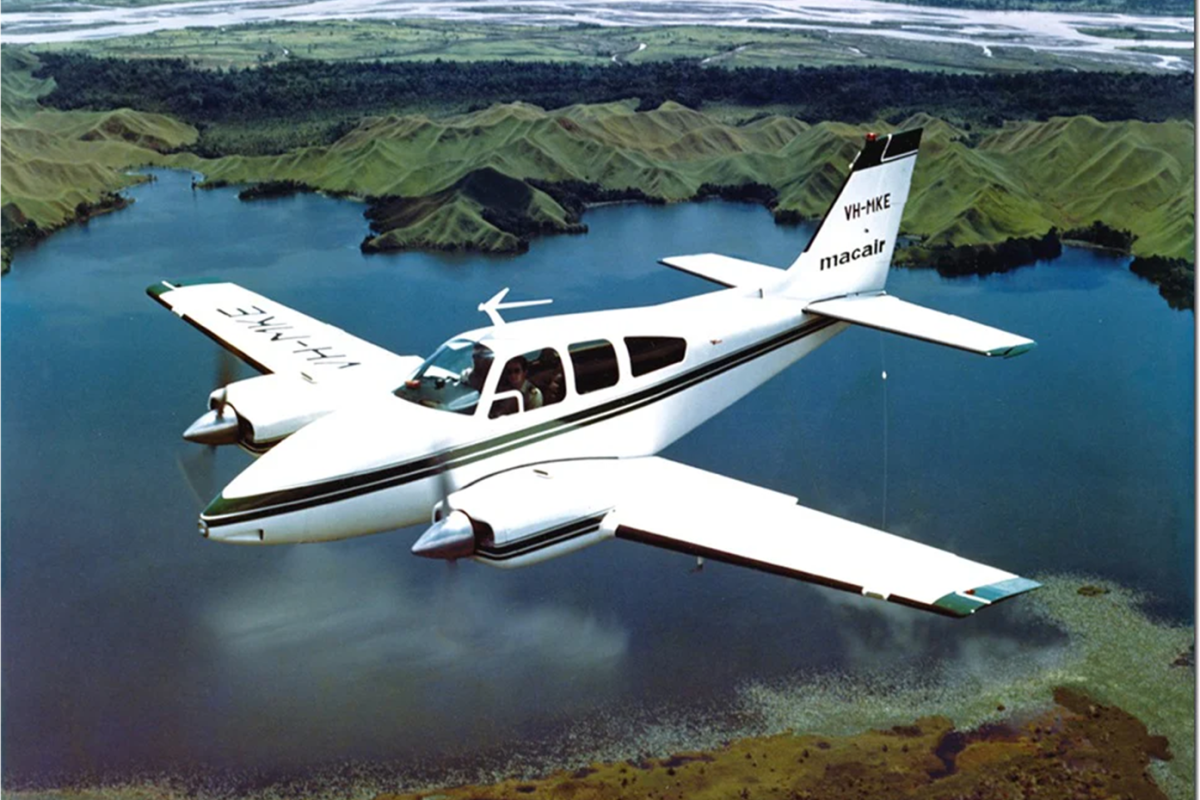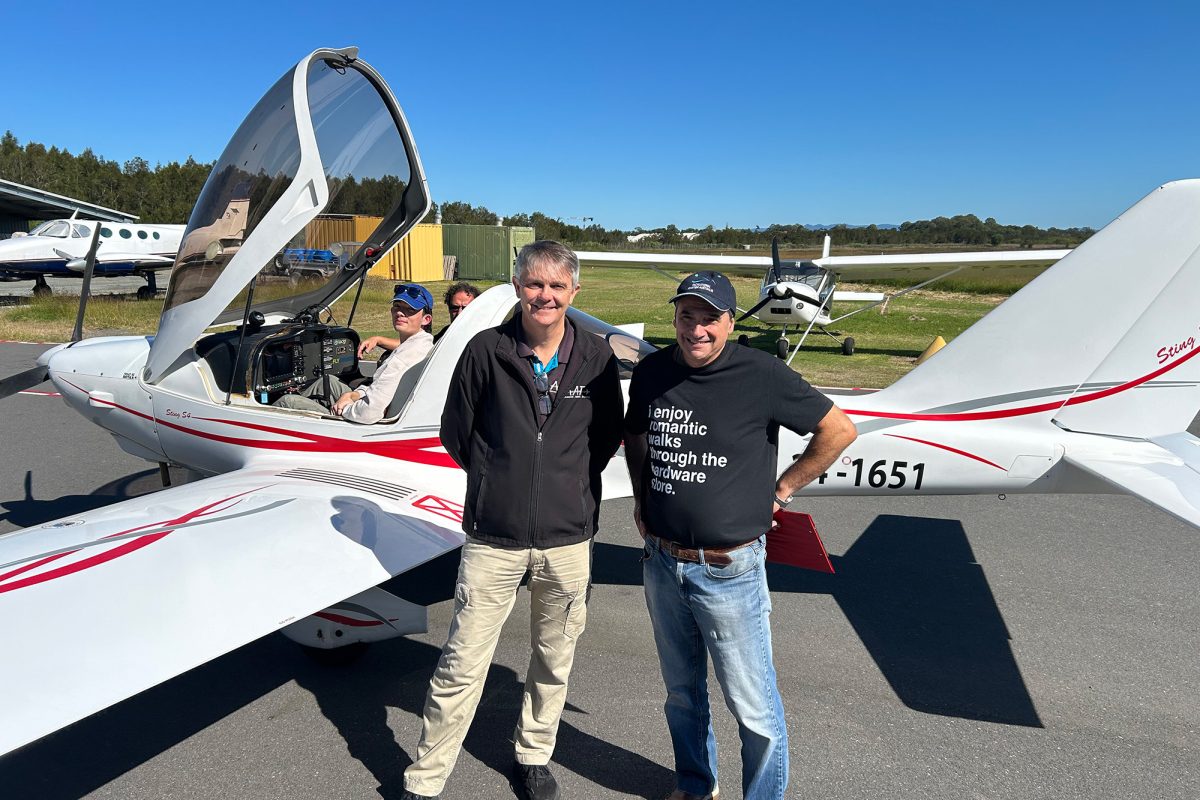HOW I FELL IN LOVE WITH THE SLING 2 TAILDRAGGER
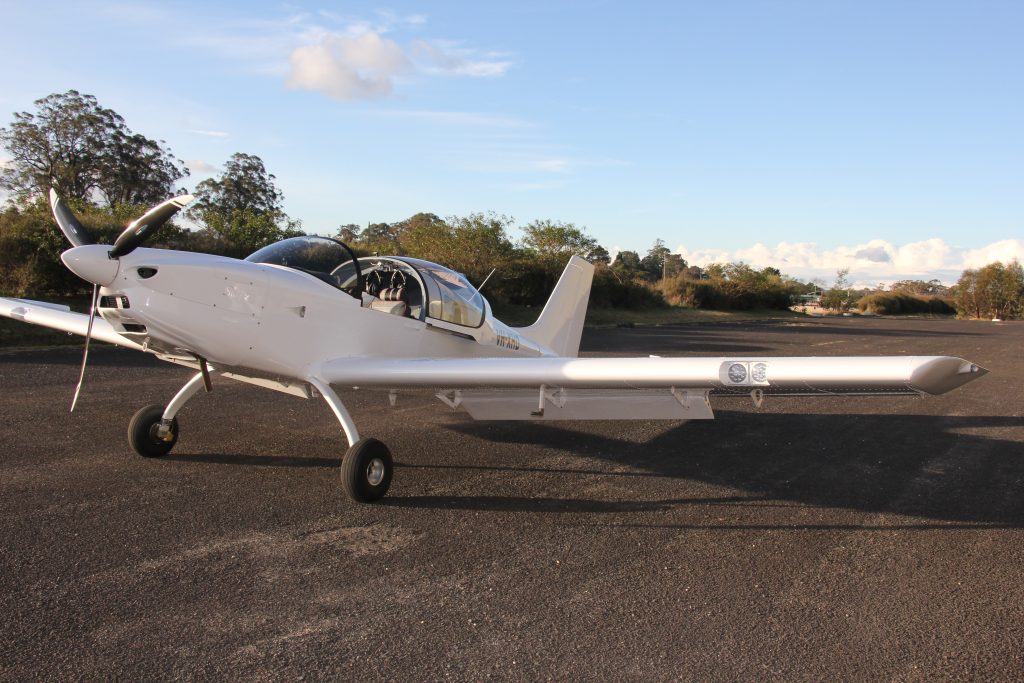
The first time I ever touched the controls of an aircraft was in the early eighties. I was eleven years old, and it was in the right seat of my dad’s 206. Sitting on his flight bag to see over the panel, it was then that my belief was formed as to what constituted an aeroplane.
For starters, as with every flying creature created, it should have wings. It should have power – lots of it, and this power shall be provided by Messrs Lycoming or Continental.
I’ve been fortunate enough to be involved with a very ambitious flying community, one of the largest chapters of the Experimental Aircraft Association outside of the US. I watched with great anticipation and excitement as fellow club members took to the skies for the first time in their newly-built KR2s, Vari-Ezes and Pietenpols. Unfortunately, I was usually around days later when many of them returned with their planes on a trailer, back in kit form. These follies strengthened my conviction that light aircraft should only be called Cessna, Piper or Beechcraft, and that Rotax was a bad word.
At the turn of the century the FAA published their less restricted Light Sport Aircraft (LSA) standards, paving the way for the development of a gaggle of aeroplanes cheaper than the rapidly decaying fleet of 150s and Cherokees that were often the only options at the time.
Very quickly the skies were abuzz with new offerings – Eurofoxes, P92s, SportCruisers, and Foxbats, as well as models from Kitfox, Pipistrel, Europa, Evektor, Pioneer, Polaris and a whole heap more. Included in this list, of course, is Australia’s very own ubiquitous Jabiru.
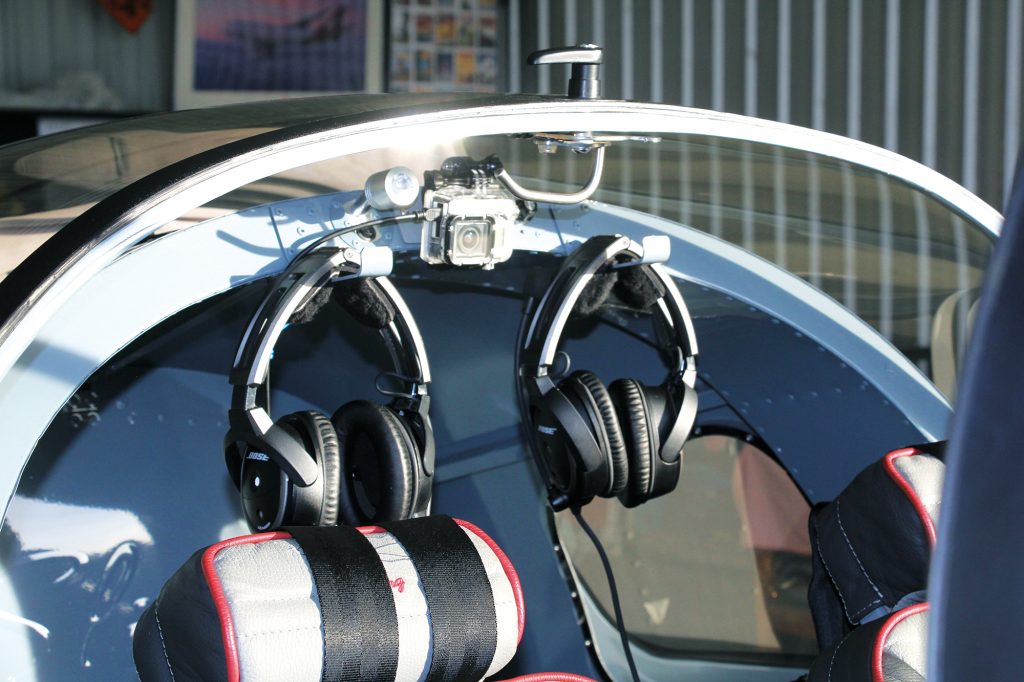
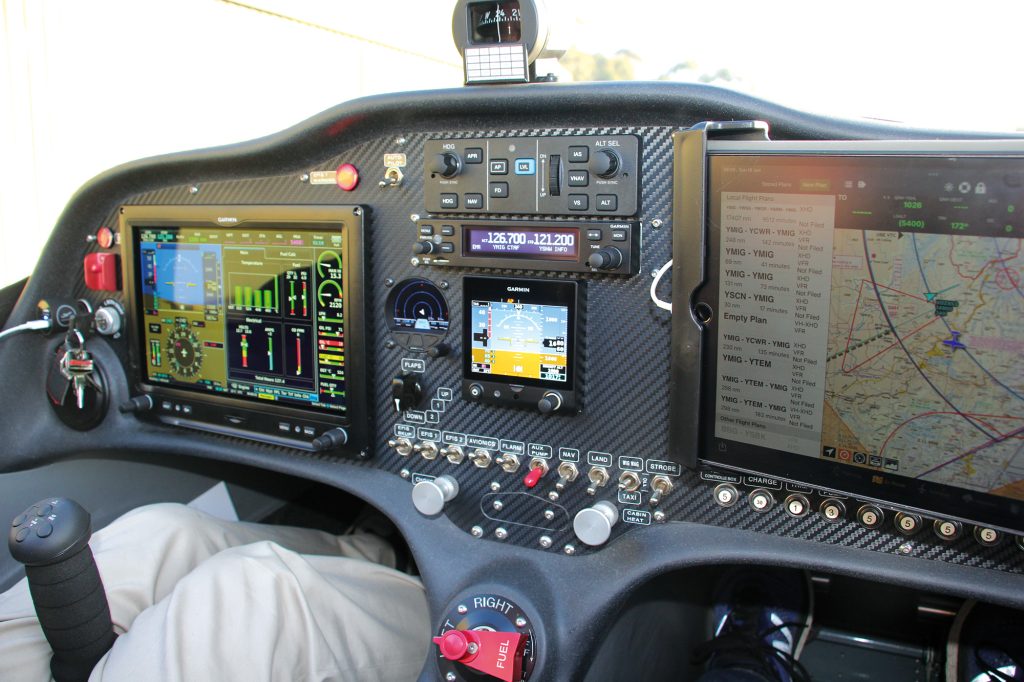
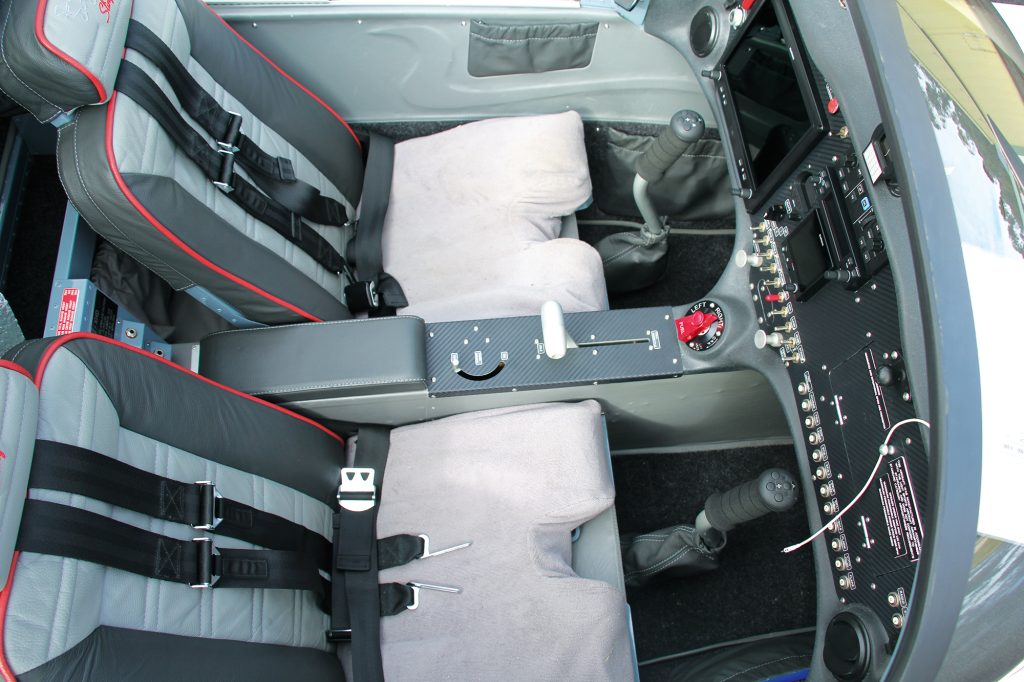
They didn’t interest me much, mostly because they weren’t made in Wichita. This said, one must reassess one’s principles and I figured I needed to open my mind to see what all the fuss was about. Over the years, I’ve had the opportunity to fly most of these new ‘plastic fantastics’ but to be brutally honest, they all left me feeling unfulfilled. They were mostly all ok to fly, some were not too bad to look at and some had novel features, but the key characteristic that every owner seemed to be pushing was how fuel efficient they were, saying “Look, we only used 8L of fuel for that flight”. There was very little romance and hardly any passion “but hey, we hardly used any fuel, right?”
In 2006, I first flew my newly-built Van’s RV7 and I was smitten. Great performance, spectacular manners, and a Lycoming engine! There was simply no other
aeroplane that could scratch my itch like she did. I itched, she scratched. I was in love, and faithful as all hell to the Van’s brand.
It was with trivial interest that I followed the story of two South African numb-nuts who designed and built an aeroplane and then did silly things with it. They flew the prototype around the world just a few days after its maiden flight. They called it a Sling. (Disclaimer – I use the term numb-nuts endearingly – I have the world’s admiration and respect for Mike, James and the Sling team). I saw more and more of these aeroplanes populate our fly-ins but, not unlike walking past a Toyota Corolla, had little desire to actually fly one.
One day I was at a fly-in at Heck Field admiring an RV
when Errol van Rensburg dragged me toward a Sling and said “I want to show you something. Get in.” Errol flicked a few switches and the Rotax rattled to life. “Do they ALL do that?” I asked. All he did was smile. We lined up on the runway and I pushed the volume lever forward. I pulled the stick back slightly and at that very instant everything I had held true changed!
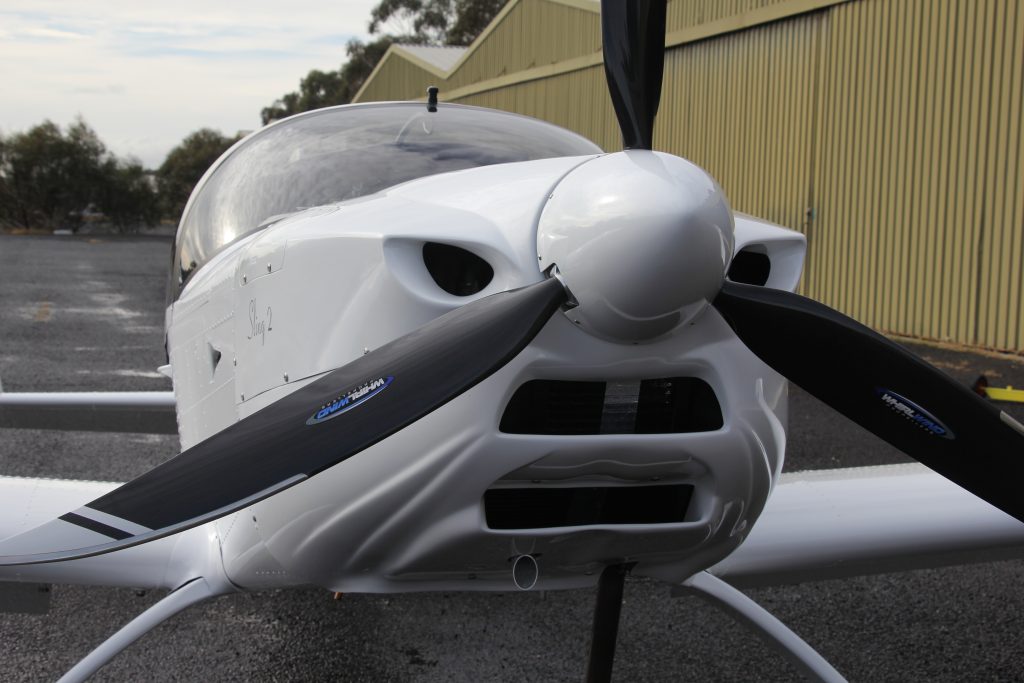
We climbed to 3500ft in about 3 minutes and just played. We turned, dived, climbed and frolicked for what seemed like forever. For the first time in many years, I was enamoured by an aeroplane. Her manners were impeccable and her performance exhilarating. Most importantly, when we returned to Heck Field, we had used just 8 litres!
Very quickly I forgot that aircraft had to be Cessna, Piper or Beechcraft, and developed a genuine respect for Rotax. This flight started a long relationship with the Sling family – one that I deeply cherish. This little machine is an absolute delight to fly in all its guises.
Needless to say, I am a convert, and an aircraft this forgiving was my natural choice for my daughter to do her pilot’s licence. I have always believed though that “real pilots fly taildraggers” and felt that any wheel mounted on the nose was a training wheel. I am so excited to be able to report that they have now fixed this, as I recently had the distinct pleasure of flying one of these amazing and properly redesigned aeroplanes – a Sling Taildragger.
I was picked up and taken to Mittagong Airport, 40NM southwest of Sydney’s Bankstown Airport by her fastidious owner, Des Howson. Des is a retired 747 Captain, an experienced glider pilot and all-round great guy. Des is so thrilled with his Sling Taildragger, affectionally called Tim Tamm, that he is building another one. His response when I asked him “Why the Taildragger?” was simply “Because I don’t want to fly a training aircraft into my retirement – I want to have fun”.
Des had pre-flighted the aeroplane earlier in the day, so we pulled her out and walked around one more time before settling into the comfortable and spacious cockpit. Des toggled each switch with the exactness expected from a man who spent a lifetime traversing the globe. Start-up was typical 912ULS. Fuel pressure to 4.4psi then pump off. Magnetos on, choke on (it was 9 degrees outside) and crank. 4 blades in, she happily rattled to life.
We lined up for take-off. Des likes to keep the tail down initially to ensure she’s tracking straight and lifted the tail after 6 seconds at around 30kts. Accelerating through 55kts, Tim Tamm flew herself off the ground. A few seconds later we were at VY of 74kts and climbed happily at almost 1,000fpm to 5,000ft.
Here we were swirling and twirling over the cold, green NSW countryside. We were warm from the cabin heater, and happy and free in a comfortable, capable, perfectly balanced aeroplane.
Return to the airfield was a mid-field crosswind for a right-hand circuit on runway 24. Mittagong airport has its fair share of challenges – not least of which are a mountain to the southwest on base leg, just a few feet higher than circuit height, and a built-in wind shear on short final from the northeast. We set up for a final approach at 70 and the Sling punched through the turbulence showing nothing more than mild amusement. We had 65 over the fence and she settled on the runway in a perfect 3-point attitude at just under 50kts.
I have waited a long time to fly this machine – and she was certainly worth the wait. In the air, she behaves as exquisitely as every other Sling 2 that I have flown. On the ground, she is a whole lot sexier. As I walked away from her, I pushed my chest out just that little bit more because I knew that, not only had I just flown a real aeroplane with wheels in all the right places, but I did so using just 8 litres.
